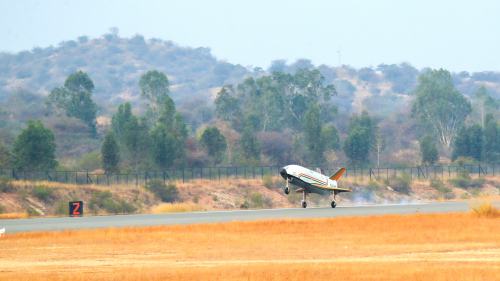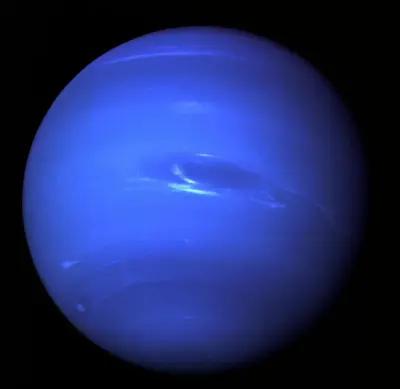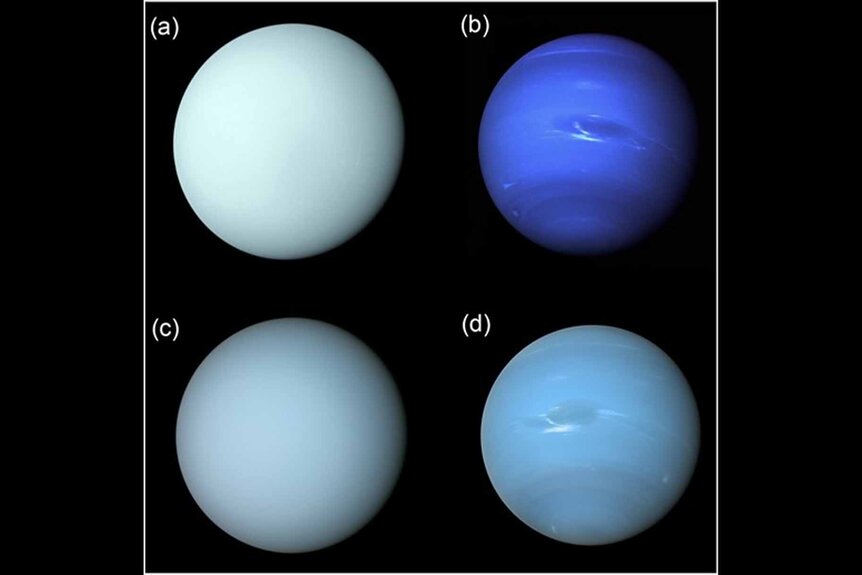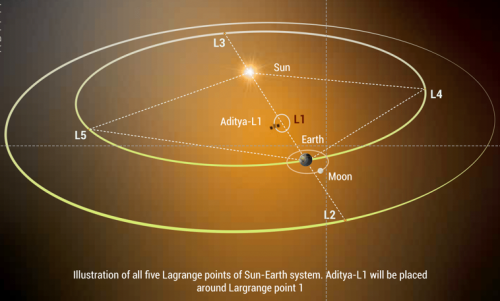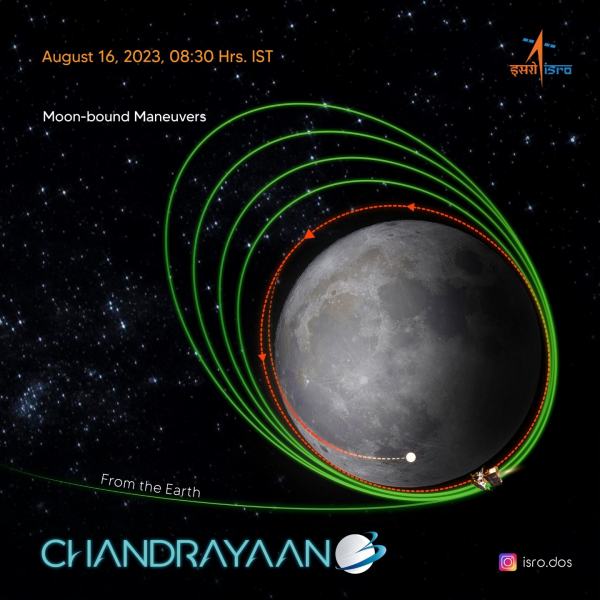3D Printing is one of the few technologies from the last decade that has come close to accomplishing what it promised, some of the more Sci-fi style stuff is still in the works (Like 3D printing food) but for the most part it does what it promised unlike some of the other ‘ground-breaking’ tech like blockchain, NFT etc. etc. Folks have used 3D printing to print houses, sculptures, prosthetic eye and more.
On 30th May another major milestone was achieved proving the technology’s usefulness. An Indian Company called Agnikul tested its 3D printed Rocket by successfully launching it from the Satish Dhawan Space Center. The launch was a test of the engine block which was the world’s first rocket engine 3D printed as a single piece. The engine took just 72 hours to print and another two weeks to integrate with other systems. The rocket generated 6 kilonewtons of thrust during the test and flew 6.5 Kms into the air.
Now that the technology has been proven, the company is starting work on their commercial implementation of the engine called Agnibaan (Fire Arrow). Agnibaan will feature eight rockets and will be capable of carrying a 300-kilogram payload to an altitude of around 700 km. The configuration of the rocket will be modular allowing the team to configure it according to need.
In addition to being the worlds first 3D printed engine, Agnibaan was also India’s first launch from a privately owned launch pad. Thus far, all space launches were carried out from one of the two ISRO launch pads at Sriharikota. Agniaan on the other hand launched from a custom built launch pad called Dhanush (Bow). Dhanush is designed to support full mobility across all configurations of Agnibaan and is meant to be reusable.
With more private companies entering the market the Space Age has truly started in India.
Source: IEEE: Indian Startup 3D Prints Rocket Engine in Just 72 Hours
-Suramya
